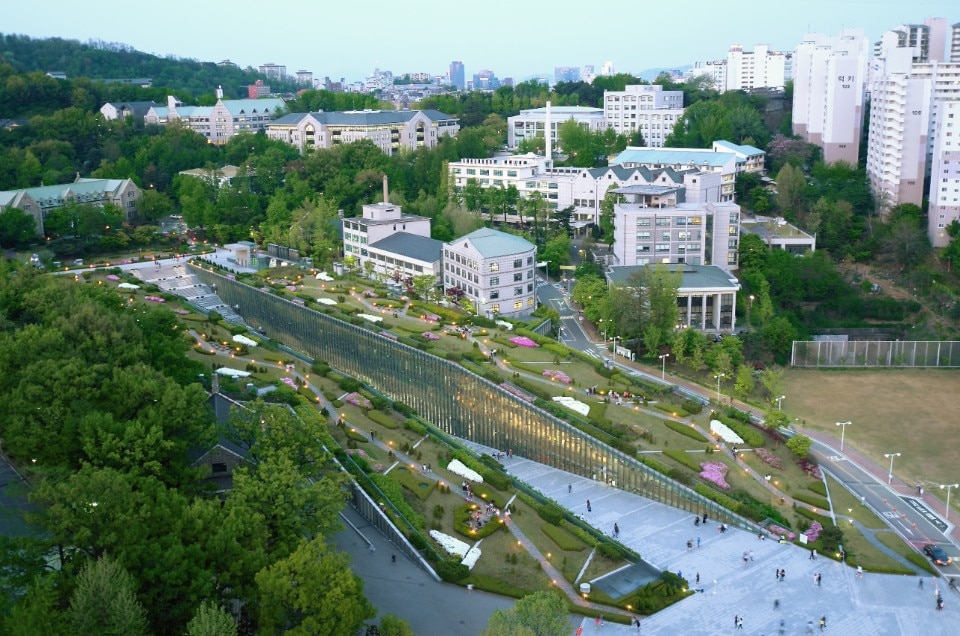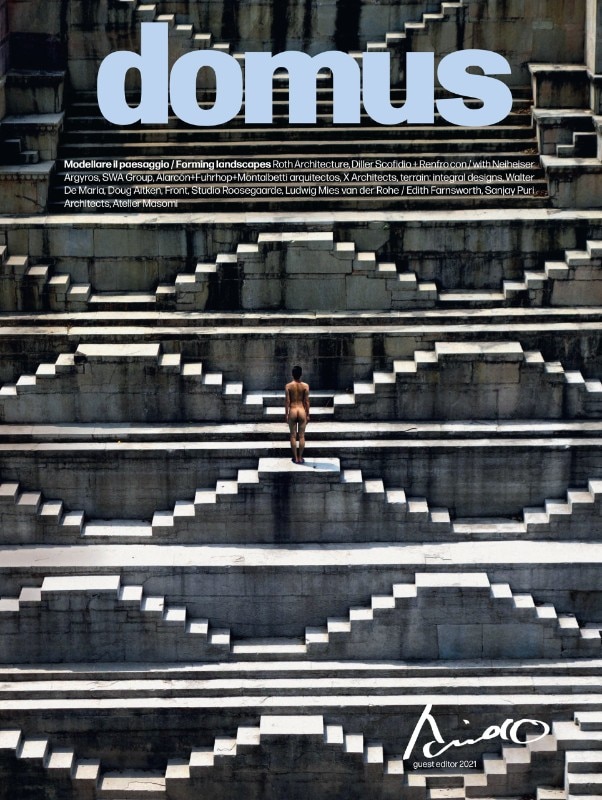For me, the garden represents a form of “idealised paradise” that inhabitants of a culture hold close to their hearts. This appears in the careful selection of location, site-specific design approaches, and a respect for topography that materialises into interlacing sequences of greenery and water. We can observe the silent, yet powerful community aspirations and generational zeitgeists embedded within the depths of the landscape, shaped by the layers of these exquisite strategies. Hence, when we read into the form and structure of the garden, the culture that nurtured it is illustrated. Within the ethnological spectrum, landscapes fluctuate significantly. The Islamic garden features a series of courtyards strongly expressing – amid enduring a harsh climate – a longing for the abundant oasis and the impermanent beauty of variegated flowers and trees. The Italian gardens of Tivoli embody classical aesthetics to emphasise the construction of rational order, utilising the terrain to create the spectacle of water. The traditional Japanese garden symbolises the region’s unique view of nature through seamless integration with the environment and an expression of life that transforms with time. The stepped rice paddies and terraced fields across Asian countries constitute another model of the garden that is beautiful and full of vitality, although their production stems from agricultural necessity. Each of these typologies conveys the dreams of respective generations as sincere messages to the next.
...landscape design has become an indispensable aspect of society as environmental awareness surges in our collective global civilisation.
Among these precedents, Central Park in New York City, a symbol of the 20th century, marks a monumental paradigm shift in the genealogy of the garden. Here the garden becomes the intermediary between nature and the city, signifying the origin of contemporary landscape design. Since its inception more than 150 years ago, landscape design has become an indispensable aspect of society as environmental awareness surges in our collective global civilisation. The scale and scope of landscape design are rapidly expanding and becoming increasingly complex, ranging from traditional horticulture methods to the restoration of ecosystems interwoven with urban, architectural and civil engineering infrastructures through processes of generation, intervention or integration. Sustainable development places significance in the coexistence of nature and urban environments. It can be said that landscape design has the most substantial potential to solve our era’s challenges. Although it is only a fragment of a sophisticated urban strategy, the underlying motivation to create remains unchanged. Seeing the earth as the canvas for human activity, I sometimes pose the question to myself, “What kind of world should our world be?” and answer, “A place where the design of the landscape becomes a facade towards the sky.”
Opening image: Ewha Womans University, Seoul, project by Dominique Perrault, 2008. Photo Gaëlle Lauriot-Prévost/Dominique Perrault Architecte/Adagp



